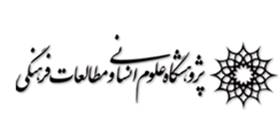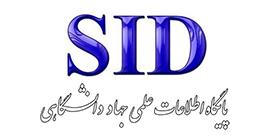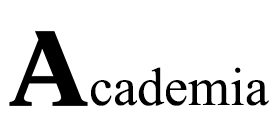Explaining the Managerial Position of Women in National and International Sports Levels
Keywords:
Women's managerial position, sports assemblies, national and international, social support, organizational efficiency, networks, and communication skillsAbstract
Purpose: The status and position of women in the management system face numerous challenges and problems. Therefore, the present study was conducted with the objective of explaining the managerial position of women in sports assemblies at the national and international levels. Methodology: This study was applied in terms of its objective and mixed (qualitative and quantitative) in terms of its implementation method. The population in the qualitative part consisted of sports experts, professors, and high-ranking sports managers, from whom 16 individuals were selected as the sample through purposive sampling based on the principle of theoretical saturation. The population in the quantitative part included sports experts, athletes, professors, and high-ranking sports managers, from whom 141 individuals were selected as the sample through random sampling based on the Cochran's formula. The research tools were semi-structured interviews in the qualitative part and researcher-made questionnaires in the quantitative part, the psychometric indices of which were confirmed. Data were analyzed using coding methods and exploratory factor analysis. Findings: The findings from the qualitative part revealed that the managerial position of women in sports assemblies at the national and international levels encompasses 54 concepts in 27 subcategories and 10 categories, including identity formation in managerial spaces, division of labor capability, overcoming gendered spaces, effective control, program orientation, field management and leadership, social support for women's management, management practice, organizational efficiency, networks, and communication skills. Moreover, the quantitative findings indicated that all 27 observed variables had a positive standardized factor loading and a critical ratio greater than 1.96 with each of the 10 latent constructs, thus confirming their validity, and their reliability was calculated to be higher than 0.70 using Cronbach's alpha. In addition, the model of women's managerial position in sports assemblies at the national and international levels fitted well, having a direct and significant effect on all 10 constructs of identity formation in managerial spaces, division of labor capability, overcoming gendered spaces, effective control, program orientation, field management and leadership, social support for women's management, management practice, organizational efficiency, networks, and communication skills (P<0.05). Conclusion: Based on the results of this research, to improve the managerial position of women in sports assemblies at the national and international levels, it is possible to create conditions for the realization of the identified subcategories and categories.
















